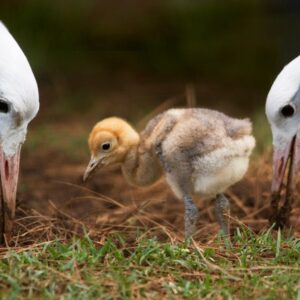
Three crane species converge within the KwaZulu-Natal province of South Africa, and crane populations declined severely in this region in the 1980s. And as a result, there have since been considerable conservation efforts focused there, with notably positive results.
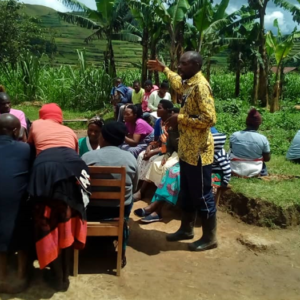
In 2012, the International Crane Foundation/Endangered Wildlife Trust Partnership (ICF/EWT) recruited and trained five community volunteers to safeguard breeding cranes in southwestern Uganda. This was in response to the escalating threats from crane poachers and wetland encroachment.
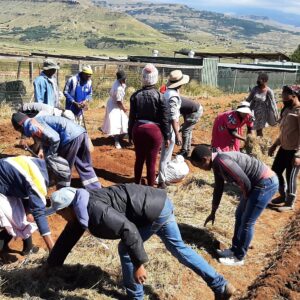
In KwaMkhize, a community adjacent to the Giants Castle area of the Maloti-Drakensberg Nature Reserve, a group of youth who had felt the harsh effects of hunger requested help from the EWT to change the future by creating not only a food security garden but a sustainable garden.
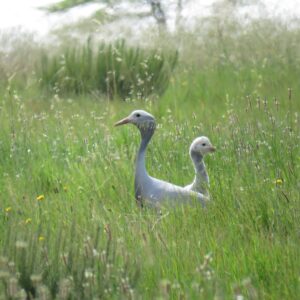
A recent paper published by Jessica Shaw from the FitzPatrick Institute of African Ornithology at the University of Cape Town, using EWT/ESKOM data, and coauthored by three EWT staff members, describes the results of a large scale eight-year experiment that tested the efficacy of power line markers in reducing bird collisions with the lines.
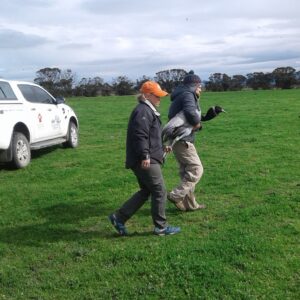
Wetlands in Uganda’s Kigezi region are under increasing pressure from the growing human population in need of fertile farmland. Poor agricultural practices in upland areas have led to soil exhaustion and degradation, thus resulting in reduced yields and harvests.





